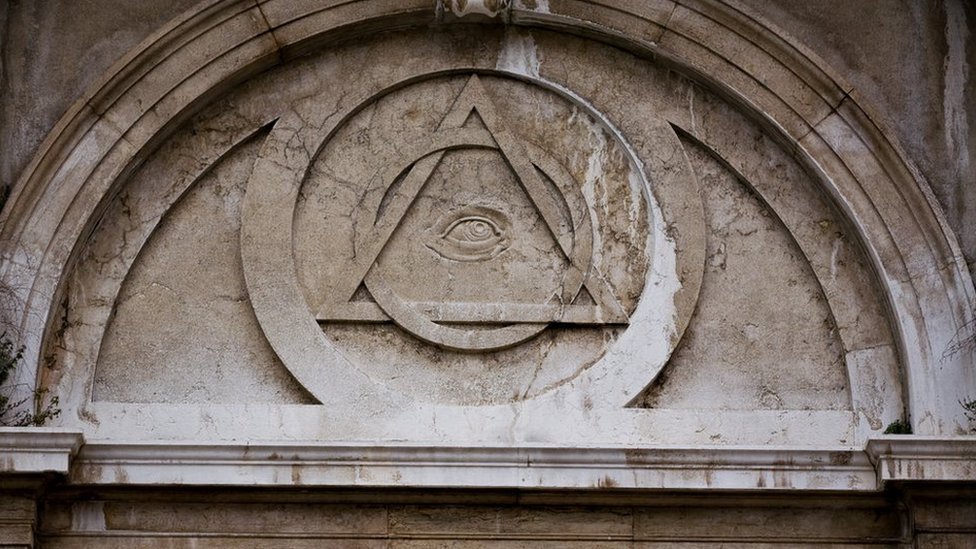Understanding the Requirements of How to Become a Freemason with Confidence
Understanding the Requirements of How to Become a Freemason with Confidence
Blog Article
Checking Out the Mysteries of the Freemason: What You Need to Know
The Freemason, a term commonly shrouded in intrigue and controversy, represents a complicated tapestry of historic fact and contemporary myth. Established in the late 18th century, this secret culture was originally rooted in the Knowledge's suitables however has actually given that come to be identified with conspiracy concepts regarding elite control. As we navigate the origins, key figures, and the raw comparison in between myth and reality, one must consider how these stories affect contemporary perceptions of power and secrecy. What could be disclosed with a better evaluation of these elements can test long-held assumptions concerning the shadows that linger in our society.
Beginnings of the Freemason
The beginnings of the Freemason are steeped in a mix of historical intrigue and ideological eagerness. Developed in 1776 in Ingolstadt, Bavaria, by Adam Weishaupt, the group was originally developed as a secret culture targeted at advertising Knowledge suitables such as factor, secularism, and the separation of church and state. Weishaupt, a teacher of canon regulation, sought to test the prevailing authority of the church and state, which he deemed overbearing organizations suppressing intellectual and individual freedom.
The Freemason sought to recruit influential members from numerous social industries, consisting of national politics, academia, and the arts, to promote a network devoted to these Knowledge principles. The society operated under a shroud of privacy, using coded language and rituals to safeguard its participants from mistreatment, particularly offered the repressive environment of the time. The Freemason dealt with substantial resistance from both governmental authorities and spiritual establishments, which viewed the group as a risk to their power.
Secret Figures and Members
Who were the pivotal numbers that formed the Freemason's early influence and instructions? The Bavarian Freemason, started in 1776 by Adam Weishaupt, arised as a reaction to the oppressive social frameworks of the time.
One more significant number was Johann Gottlieb Fichte, a noticeable theorist whose ideas on nationalism and education reverberated with the Freemason's goals. Although Fichte was not a formal participant, his thoughtful foundations influenced the team's ideological background. Additionally, numbers like the writer and philosopher Johann Wolfgang von Goethe were related to the wider intellectual movements of the moment, although their direct participation with the Freemason stays debated.
These vital figures added to the Freemason's very early direction, pressing the boundaries of political and social idea, while their collective initiatives aimed to test established standards and foster an environment of progressive adjustment in Europe.
Misconceptions vs. Reality
Numerous mistaken beliefs border the Freemason, typically mixing reality with fiction in a way that obscures its real nature. The idea that the Freemason continues to apply substantial influence over globe occasions is a misconception - how to become a freemason.
Another common misconception is that the Freemason consists of a network of elite view website people manipulating global affairs. In truth, several conspiracy theory theories exaggerate the group's importance, connecting misguided motives to societal trends and events. This has caused an oversimplified sight of intricate concerns.

Modern Interpretations
Contemporary interpretations of the Freemason commonly mirror broader societal anxieties and a fascination with secrecy and power. This contemporary lens often connects the Freemason with conspiracy theories that suggest a concealed elite coordinates globe occasions, manipulating federal governments and economies for their own gain. Such narratives take advantage of a deep-seated mistrust of authority, especially in times of dilemma or social turmoil.

Additionally, some modern-day interpretations mount the Freemason as a metaphor for the complexities of globalization and the interconnectedness of prominent individuals and companies. This viewpoint encourages an important evaluation of exactly how power characteristics operate in today's globe, highlighting the balance in between transparency and privacy in governance and corporate practices.
Social Impact and Tradition
Influenced by centuries of intrigue, the cultural influence and heritage of the Freemason extend far past its historical origins. This secret society, developed in the late 18th century, has penetrated numerous aspects of pop culture, from literary works and movie to music and art. The idea of the Freemason has advanced into an icon of conspiracy theories, usually representing a regarded hidden power controling global events.
In literary works, authors like Dan Brown have woven the Freemason into complex plots, captivating visitors with motifs of secrecy and power. Films such as "National Treasure" and "The Da Vinci Code" even more bolster the allure of the society, blending reality with fiction to create engaging stories.
The Freemason's influence also extends into songs, with artists referencing the company to stimulate themes of rebellion and click now societal review. This representation has actually contributed to a fascination with the concept of clandestine groups regulating the bars of power, mirroring societal anxiousness regarding authority and openness.
Inevitably, the Freemason's heritage is a complex tapestry of myth and fact, forming assumptions of privacy and control in modern discussion. Its long-lasting presence in culture underscores mankind's perennial mission for recognizing covert truths.
Final Thought
The expedition of the Freemason reveals an intricate interaction between historical realities and modern myth-making. Established in the Enlightenment era, this culture intended to test oppressive frameworks, yet its legacy has been eclipsed by conspiracy theories that recommend elite manipulation. Recognizing the differences in between the initial perfects and contemporary analyses click here for more info is vital for comprehending the enduring fascination with the Freemason and its considerable influence on social narratives bordering power and privacy in culture.
Report this page